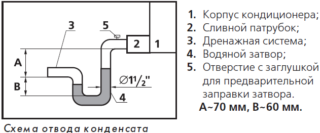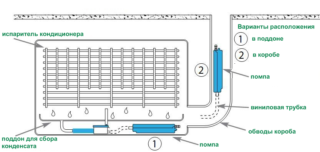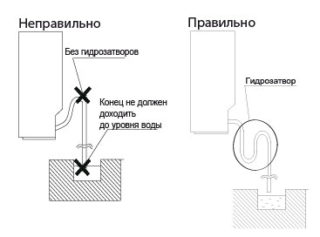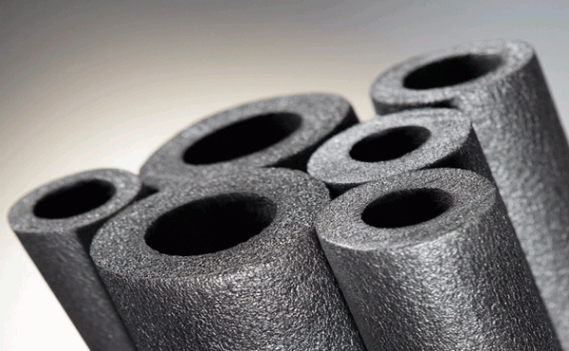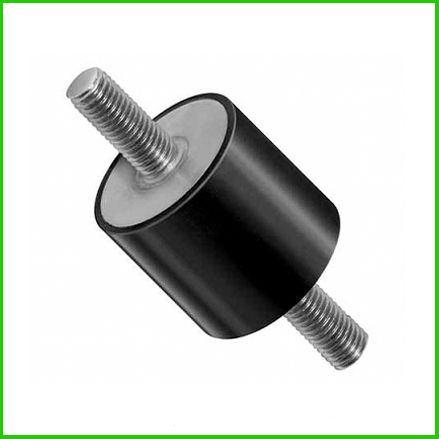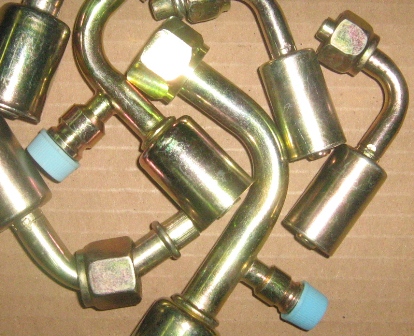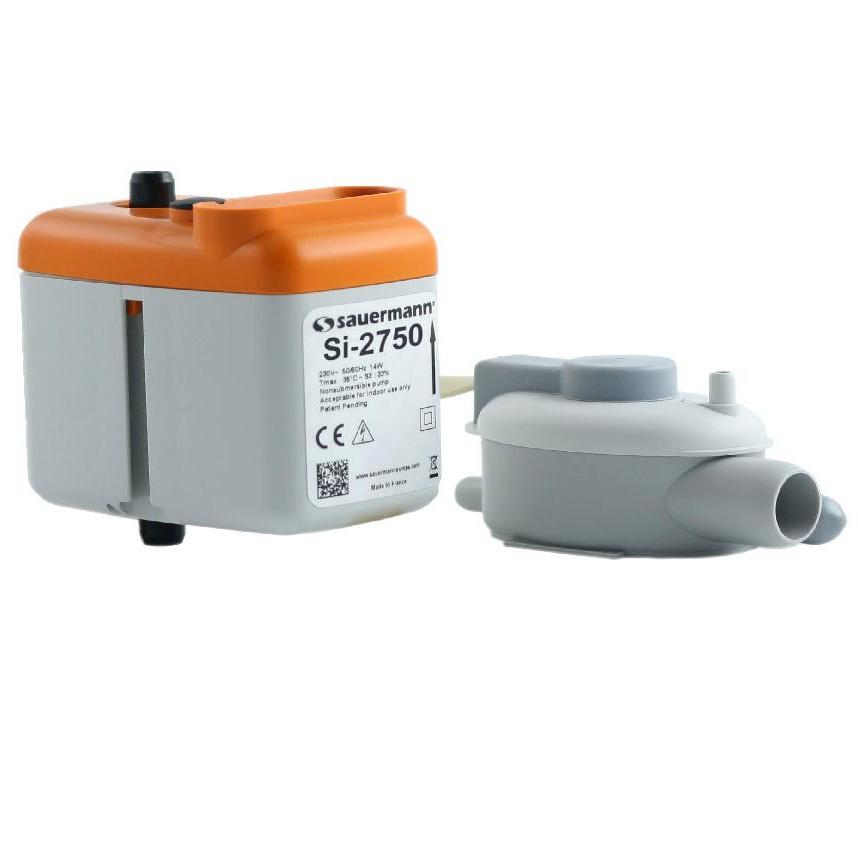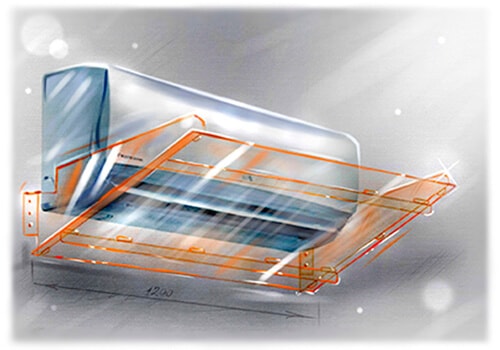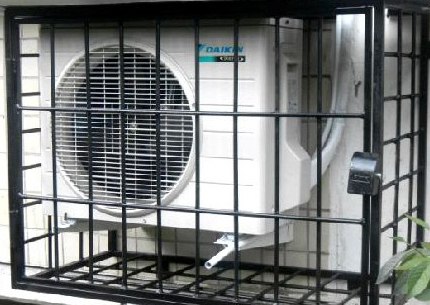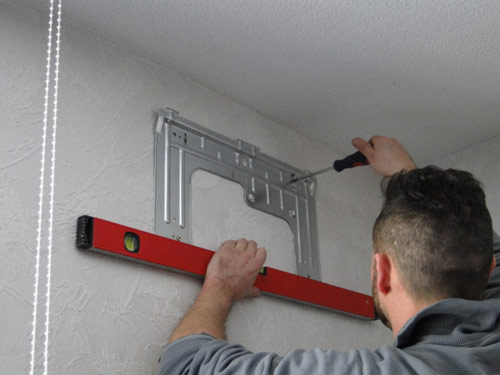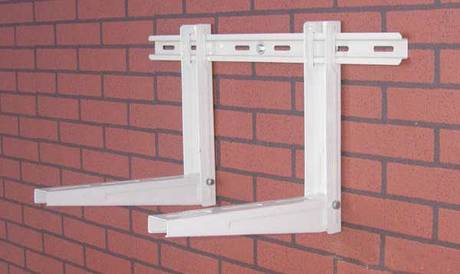An air conditioner is a unit with the help of which optimal climatic parameters are maintained in the premises. Working in automatic mode, it provides cooling and heating of air, cleaning from dust, and in some cases, air exchange with the environment. The principle of operation of the air conditioner is to change the state of aggregation of the refrigerant depending on the temperature and pressure in a closed loop. This process is accompanied by the formation of condensate, for the removal of which a special drainage system is provided in many models.
Drainage system functions
The formation and accumulation of a large amount of condensation inside the air conditioner units leads to the flow of water to the facade of the house, as well as to the walls and furniture in the rooms. In addition, the presence of excess moisture inside the device can cause a short circuit in the electrical wiring, which will disable it.
Place of withdrawal:
- On the street - the easiest way, implemented in budget models of air conditioners. The drainage tubes simply go out through the openings for other communications. The disadvantage of this method is the formation of puddles near houses, water drips on the walls, etc.
- In the sewer - a more complex option, devoid of the disadvantages of the budget option. At the same time, the drainage of the air conditioner into the sewer provides for the mandatory installation of a water seal (siphon), which will prevent the appearance of an unpleasant odor.
- Using a special drain pump. This method is used in cases where it is impossible to provide the required slope along the entire length of the pipeline. The pump allows you to "raise" the condensate to the required height, from where the condensate from the air conditioner will merge "by gravity".
Drainage pipes for air conditioners
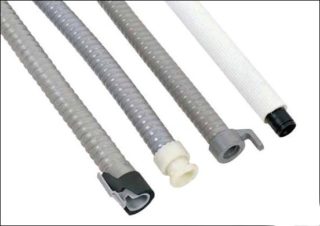
The drainage tube of the air conditioner, with the help of which condensate formed inside it is removed from it, is made of polyethylene or polyvinyl chloride. These materials are not susceptible to water attack, and products made from them are highly durable. In practice, manufacturers equip air conditioners with two types of reinforced tubes - smooth and corrugated. Smooth pipes are most often found in budget models of air conditioners. Their installation without special fittings is not possible.
Fittings are an element used to form bends when laying pipelines for various purposes.
The use of smooth pipes with fittings for laying the drainage pipeline is advisable when the air conditioner is located in the immediate vicinity of the sewer. If the point of connection of the pipe to the sewer is at a sufficiently large distance, the use of fittings significantly complicates the installation of the pipeline.
Corrugated tubing is highly flexible and drain piping can be installed without fittings. The drain hose for the air conditioner, assembled from corrugated pipes, can be bent at any angle, which greatly simplifies the process of piping.
It is not recommended to use garden hoses and corrugated sleeves, which are used when laying electrical cables, as drainage pipes.
Installation of the condensate drainage system
When starting the installation of the drainage system of the air conditioner, it is necessary first of all to design the entire route of the pipeline. This is especially true in those cases when a decision has been made to drain condensate into the sewer or it is impossible to provide the required slope along the entire length of the pipeline.
When laying the pipeline for draining condensate from the air conditioner, it is necessary to ensure that the angle of inclination of the horizontal sections is at least 3 °, and the pipeline bends are no more than 45 °.
When installing a water seal at the entrance to the sewer, it is necessary to take into account that there must always be standing water in it. Otherwise, an unpleasant smell from the sewer will seep into the room.
A drainage pump (pump) is often built into air conditioners. It is one of the most important components of the condensate drainage system. Its design depends on the type of air conditioner and the location in the room. If the pipeline route is characterized by a large height difference between the air conditioner and the condensate drain point, an additional pump must be installed. The choice is made, guided by its ability to draw in water from the pump located below.
Major malfunctions
One of the most common malfunctions of any air conditioner is its leakage. Such a defect occurs most often due to clogging of its drainage system. At the same time, the hole in the sump, intended for draining the condensate, is clogged with dust and debris brought by the water flowing into it. As a result, the pan fills up and water begins to flow out, bypassing the drain system.
- If there is not enough refrigerant in the system, the temperature of the heat exchanger decreases, which leads to the appearance of ice on its surface. In this case, the flowing water does not fall on the sump, but flows out onto the floor of the room.
- If there is no pressure regulator in the air conditioner or the pressure regulator is out of order, when the outside air temperature drops, the pressure in the system drops. This also lowers the temperature of the refrigerant in the evaporator and icing occurs.
- If the air conditioner is used in cold weather, the drain pipe outlet may freeze and cause the drain pan to overflow with water.
- Errors during installation of the drainage system: no slope when laying the pipeline, "dry" hydraulic seal, poor-quality drainage pipes, depressurization of connections, device "pseudosiphon", etc.
- Failure of the drain pump or clogging of its float chamber, due to which the pump stops working.
In the event of problems related to a drop in refrigerant level, a decrease in pressure, failure of the drain pump and other malfunctions, the correct solution would be to contact a specialized service department. Their qualified specialists will quickly and efficiently eliminate faults.
Cleaning the drainage system
The user can eliminate the leakage of water from the air conditioner, which was caused by the clogging of the drainage system, on his own. In this case, it is necessary to clean not only the drainage system, but also the heat exchanger filters. Otherwise, dust accumulated on the evaporator will clog the drain hole of the drain pan again. In order to clean the drainage system, you must:
- Disconnect the air conditioner from the power supply.
- Remove the cover and the coarse filters.
- Carefully remove the drip tray that collects condensation. To do this, disconnect the drain hose.
Next, you need to thoroughly rinse the pallet, cleaning the drain hole from accumulated debris and dirt. Then check the condition of the drain tube. If it is clogged, blow out with air. In case of severe clogging, it is necessary to fill the tube with a special liquid for cleaning air conditioners. Then, after waiting 20-30 minutes, remove dirt with a vacuum cleaner.
Do not use wire or similar items to clean drain pipes. So you can get only a short-term effect. After a while, the blockage will recover and the water flow from the air conditioner will resume. In addition, thin-walled plastic tubes can be damaged by the wire. Repairing these damages will require time consuming and costly repairs.

The removed coarse filters are also thoroughly washed and then dried. The evaporator is cleaned of dust using a soft brush and a vacuum cleaner.
When completing the process of cleaning the drainage system, many experts recommend disinfecting it. For this, a chlorhexidine solution is used, which is used to process the pallet and coarse filters. In addition, a small amount of the drug must be poured into the drain pipe, after waiting 15-20 minutes, it is washed with running water, at the same time removing debris and dirt from the drainage pipeline.
At this point, the process of cleaning the drainage system can be considered complete. Having installed all the removed parts in their places, you can connect the air conditioner to the mains and continue its operation.

